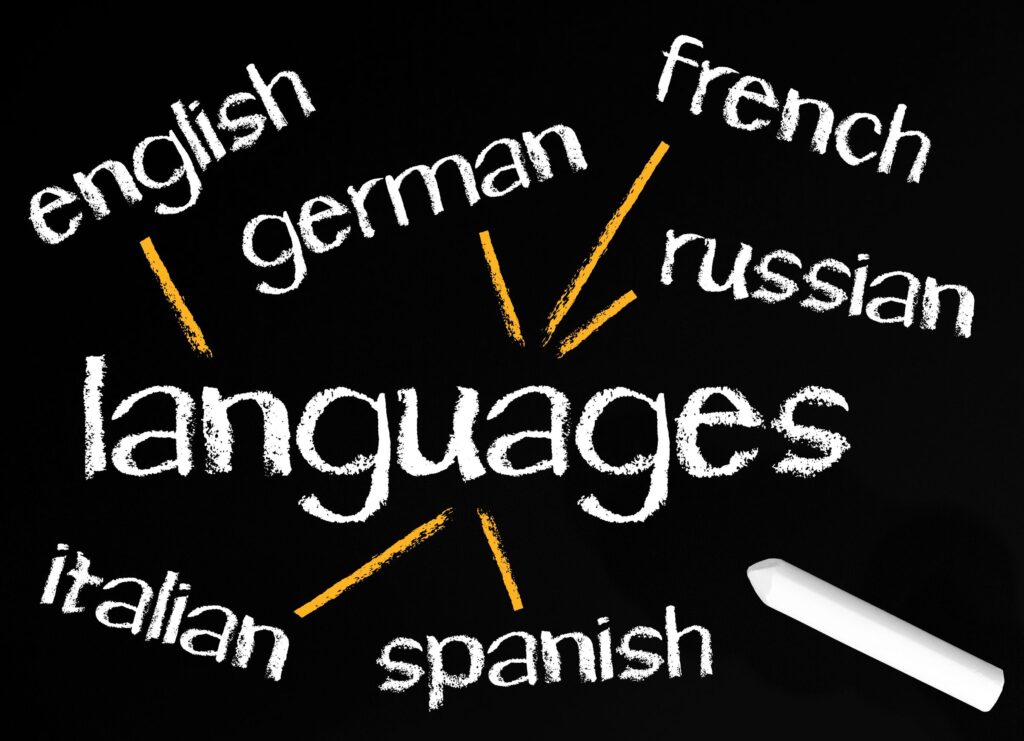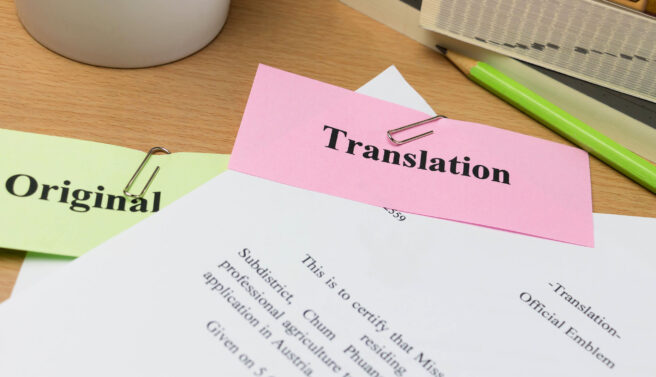Translation calls for a deep understanding of both grammar and culture. Translators should know the principles of a language and the habits of the people who use it. And even for the most accomplished professionals, unsureness and resentment are just known feelings that are experienced frequently. Now, let us see some of the most common hurdles of translations their specificities.
Figure of speech
A figure of speech is a word or a phrase that has a different meaning than the literal one. Thus, it is relevant to not forget that being creative and being accurate are not the same thing. The heart of the problem is that your target audience may not understand what you are trying to deliver through that message.
If the translator uses, metaphors, personification, puns, sarcasm, hyperboles, and other forms of the figure of speech, but does not have command of the native language or cultural principles, the convey may miss the mark, or as it may happen in some cases, be offensive. The usage of a metaphor like, “give a ring” might be ambiguous to your target audience in most languages. This is where the adage “lost in translation” could indeed be but in an application. Besides having a native speaker who comprehends with outright precision how to successfully translate figures of speech, it is critical that your translator is immensely familiar with the culture.
Sarcasm
Sarcasm is a bitter, sharp, or cutting expression that typically means the opposite of any literal meaning. Sarcasm usually loses its meaning if it is translated literally into a different language. The translation has been known to cause serious misunderstandings and misinterpretations. This cannot always be done as the tone, nuance, and style of the content might need to include sarcasm so to covey the necessary message across. Sometimes a translator may propose using a local idiom that may be more appropriate and useful when used in the target language that he wants to deliver the message to.
Cultural differences
Even though our world has wen very far from where it was just a century ago, lots of primal traditions have remained as a part of the language. They can be found in expressions, idioms, ways of saying, and other known phrases. The problem with that is that such expressions can be so specific to one language that it becomes difficult if not out of the questions to find a similar expression in another language. This is particularly relatable to interpreters who find it painful to translate conversations for long periods of time, especially if people tend to casually talk along the way.
Syntax
Syntactic problems may originate from syntactic parallels, the way the passive voice goes, the focus – from what perspective a story is narrated–, or rhetorical figures of speech such as a hyperbaton – the inversion of the natural organization of words–, or an anaphora – the repetition of a word or part at the beginning of a line or a sentence.
A lexical and semantic challenge
Lexical-semantic challenges can be tackled by consulting dictionaries, glossaries, and professionals. These problems include terminology alternatives, neologisms, semantic gaps, or lexical networks. Contextual Synonyms and antonyms that affect polysemic units: synonyms and antonyms are aimed at an acceptance that depends on the context to determine which meaning is correct; these are an extra burden on the shoulders (well, in the mind).
Did you know? Difficult language pair to translate
We already mentioned: translation is not the easiest job in the world. Now, for you to translate a text or speech from one language to another, you must be proficient in both languages. And the translation gets really difficult when a language is difficult to translate. So, what are the hardest languages to translate?
Mandarin Chinese
The tone of the word makes its meaning different. It demands a high degree of interpretative skills and creativity in order to convey the true meaning of the source document that would fit the purpose of the content and the intellectual level of the intended readers of the translation.
Arabic
The intended target audience of the translation must be carefully assessed in order to provide an accurate translation. Translators must choose the right words for a single concept that can be described in various words, which in turn can impact the context when the end-user is using a different Arabic dialect.
Thai
Thai is written in a form of Khmer script, which is not related to any other language outside of its sphere. Like Chinese, Thai is a tonal language, and each tone conveys a different meaning.
Japanese
The translation of Japanese into English for example takes more steps than other translation work. The translator has to break down the sentences into smaller chunks to get the nuances and the meaning correctly in order to have text that sounds natural.
For Experts in Language Translation, Get in Touch with Us
eTranslation Service offers language translation services. We have experts in language translation and interpretation with sector expertise. We understand language jargon and terminologies, ensuring that your translation projects are accurate and suitable to all your intended target audiences. Our translators are all native speakers and live-in countries, which is a big help in fostering cultural understanding. We want your business to grow and expand, and we want to grow with you. To help you optimize your global business potential through effective communication, please get in touch with us by calling (800) 882-6058. If you prefer, you can send us an email at [email protected].



